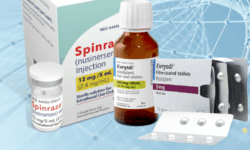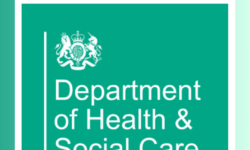The purpose of the EAG report is to review and critically evaluate the pharmaceutical company’s clinical and economic evidence. The EAG report for Spinraza and Risdiplam was produced by academics at Warwick university in consultation with expert clinicians and patient representatives. The EAG report is published on the NICE website for information (from the link navigate to the “assessment report”).
With two treatments being appraised in this MTA, the EAG also compared the data from the two drugs, looking at their clinical and cost effectiveness when compared to each other. Where appropriate, the EAG report also compares each treatment to Zolgensma and to best supportive care alone with no disease modifying drugs at all.
The 460 page report will be a key piece of evidence for the committee members to review before the first decision making meeting on the Wednesday 4 December.
On 7th August 2024, NICE shared the EAG report with stakeholders including specialist clinicians from the adult and paediatric REACH network, SMA UK, Treat SMA and MDUK.
As patient organisations, we are invited (along with the pharmaceutical companies and other stakeholders) to comment on the report, particularly on whether or not it reflects the true experience of living with SMA and the real-world impact on daily life.
With a deadline of Wednesday 18 September, working collaboratively, and in consultation with NICE, SMA UK are leading on a joint patient organisation response to the EAG report. We are focussing on
- The importance of considering real world evidence carefully alongside the clinical data.
- Mobility outcomes do not reflect the holistic impact that SMA has on daily living.
- In a rare disease like SMA, clinical trials will always be small and long term data limited. Therefore, continuing to collect and review real world data is essential.
- Treatment outcomes can be individualised, therefore having a choice of treatments is essential.
- Stabilisation of the condition is a hugely positive treatment outcome and as such should be assessed as a highly effective outcome across the SMA population.
- Measures used to assess quality of life and outcomes from treatments are not sensitive enough to capture the benefits that treatment for SMA brings across the vast and varied spectrum of the condition. Therefore, real world data from patients should be carefully considered.
- In close consultation with individual’s specialist clinicians, treatment should be available for everyone living with SMA no matter the SMN copy number or clinical type.
The committee members will then review all the data and information submitted throughout the process prior to the meeting scheduled for the 4th December 2024.
It is important to understand that the NICE process is designed to evaluate the clinical and cost effectiveness of a medicine. It is possible that following the first committee meeting in December, after listening to all the experts represented, including the representatives from SMA UK and Treat SMA, NICE might issue an interim negative recommendation for part of, or all of the SMA population.
However, it’s important to note that a further committee meeting will take place to either confirm or overturn this interim decision following a period of public consultation and commercial discussions.
Over the past 2 years, 17 of 21 rare disease medicines (81%) that received an interim negative decision after the first committee meeting eventually received a positive recommendation. This was usually after a second or third committee meeting.
Whilst these consultations and discussions are ongoing, treatment access will remain as it is under the current MAA. If the final guidance does recommend any changes, they are unlikely to take effect until mid 2025.
Read more here



